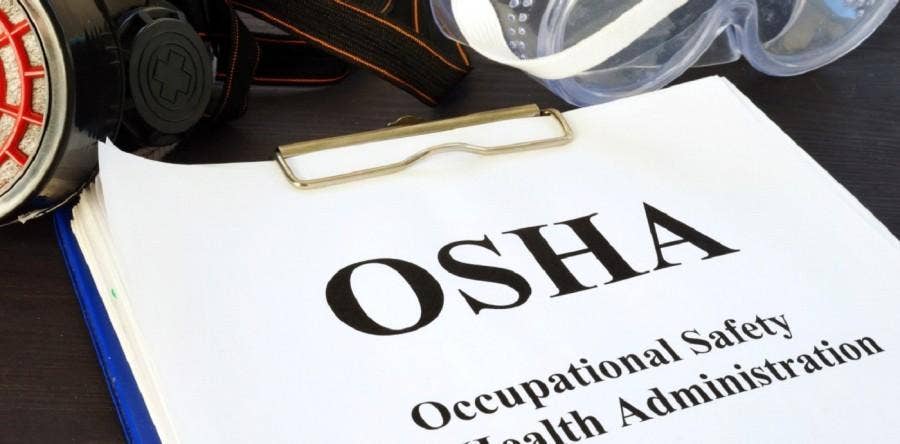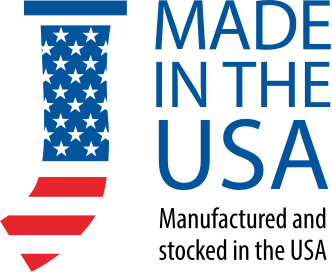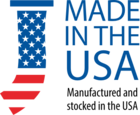The U.S. Department of Labor will join with workers and job creators across the country from August 12-18, 2019 for its annual Safe + Sound Week. Safe + Sound Week is a nationwide event used to recognize the successes of workplace safety and health programs, plus offers information and ideas on how to keep America's workers safe. Encouraging organizations of any size and industry to participate, it is an opportunity to show a commitment to the safety of their workers, customers, the public, and their partners. It is described by the Occupational Safety and Health Administration as a nationwide event to raise awareness and understanding of the value of safety and health programs that include: management and leadership, worker participation and a systematic approach to finding and fixing hazards in workplaces. These efforts are critically important because although the US Bureau of Labor Statistics reports that the rate of worker deaths and worker injuries has decreased by more than 60% in the past four decades, every year more than 4500 workers are still killed on the job and 4.1 million suffer a serious job-related injury or illness.
OSHA also states that serious job-related injuries or illnesses don't just hurt workers and their families, but can hurt businesses in a variety of ways. Implementing a safety and health program, however, can improve a business's safety and health performance, save money, and improve competitiveness. Safety and health programs help businesses to:
- Prevent workplace injuries and illnesses
- Improve compliance with laws and regulations
- Lower costs, including significant reductions in workers' compensation premiums
- Engage workers
- Enhance social responsibility goals
- Increase productivity and enhance overall business operations
Participating in Safe + Sound Week can help organizations get their health and safety programs off the ground or energize an existing one. Having an active safety and health program that includes management leadership, worker participation, and a systematic approach to finding and fixing hazards should be a goal for every business. Below are some ways we suggest to develop each part of your program.
Management Leadership
When leadership shows they are committed to implementing and maintaining health and safety programs, it provides continuous improvement throughout the workplace. Workers know that safety and health are important to the success of the business when management leadership is sincere and supports their words with actions. Some ways management can be involved include:
- Delivering a safety and health message to kick off Safe + Sound Week to all employees.
- Being present at planned events during Safe + Sound Week.
- Announce specific program goals and create or update the policy.
- Walking job sites with workers to better understand daily tasks and were potential injuries could happen.
Worker Participation
Creating an effective safety and health program means aligning with workers to gather their collective experience, knowledge, and insight to find solutions to workplace safety and health challenges. Workers are in their jobs day in and day out, often knowing the biggest potential hazards associated with them before management does. When management partners with workers and involves them in finding solutions, not only do workers feel more invested in the program itself, but solutions that might have been overlooked are uncovered. To make this type of alignment work, workers must feel free of any fear of retaliation or discrimination (e.g., for reporting an injury or hazardous conditions), so make it clear to your employees that you have an open-door policy when it comes to reporting slip and fall hazards and consider creating a hazard reporting system or allow them to anonymously fill out a form to report the concerns.
OSHA offers several ways you can engage your workers during Safe + Sound Week including:
- Asking workers for suggestions and feedback to the current safety and health program.
- Creating a suggestion box or suggestion email address/hotline that goes directly to management to discuss health and safety-related concerns for workers.
- Use this week a re-training for workers on safety and health programs.
- Recognize and award efforts of workers and teams that continually contribute to make the workplace safer.
Find & Fix Hazards

A systematic process for identifying and controlling workplace hazards is at the heart of every safety and health program. This process allows you to proactively find and fix hazards. Instead of taking action and implementing a new standard or regulation after one worker becomes sick or injured, this step uses a proactive approach and is far more effective. According to
OSHA, a systematic find and fix approach means:
- Involving workers, who often have the best understanding of the conditions that create hazards and insights into how they can be controlled.
- Reviewing all available information about hazards that might be present.
- Conducting inspections to identify new or emerging hazards.
- Investigating incidents to identify root causes and potential solutions.
- Evaluating options using the "hierarchy of controls."
- Considering how to protect workers during emergencies and non-routine activities.
- Checking that existing controls are intact and remain effective.
We are committed to helping companies with their safety and health programs, specifically around preventing falls in the workplace. Falls within the workplace continue to remain problematic, not only resulting in injuries but deaths. In both construction and general industry workplaces with over 7,200 violations were documented by OSHA in 2018 alone. Fall Protection - Training Requirements is another OSHA standard that continually shows on the Top 10 Most Cited year after year, actually increasing 30% from 2017 to 2018 in citations. Of course, accidents are bound to happen, but by implementing a safety and health program, following OSHA guidelines and best practices, we can work together to lessen workplace falls.
5 Tips to Prevent Workplace Falls:
1. Use anti-slip film that is certified “High Traction†by the National Floor Safety Institute (NFSI) on heavy machinery, ladders, and stairs.
The Safety Track® 3500 Resilient Medium Grade can withstand heavy foot traffic in commercial environments and is also mop-friendly.
Safety Track® 3200 Heavy Duty Grade is excellent on stairs to offer high slip-resistance both inside and out. This product is resistant to oil, mud, and diesel fuel, making it an excellent option to prevent slip and fall accidents.
2. Know OSHA requirements around fall prevention to help in prevention. A few that are often overlooked and cited include:
- Employers are required to offer safe, secure fall protection where workers are exposed to falls from the following heights: 4' in General Industry Workplaces, 5' in Shipyards, 6' in the Construction Industry and 8' in Longshore Operations.
- Vertical lifelines or lanyards must have a minimum breaking strength of 5,000 pounds. They must be protected against being cut or abraded, and each employee MUST be attached to a separate vertical lifeline and anchor points capable of supporting at least 5,000 pounds per attached employee.
- Employees working on a surface with an unprotected side/edge that's six feet or more above a lower level must use approved fall protection (this can include guardrails, safety nets or personal fall arrest systems)
3. Provide training for workers exposed to fall hazards. First, management should develop and communicate a fall safety program and provide the resources needed to operate the training. This program should offer works the ability to understand the hazards of falling and train them on procedures to take in order to minimize hazards. It is important for management to continue education in a consulting manner to keep workers up to date on safety requirements and make a genuine, long term impact.
4. Switch to slip-resistant shoes in the workplace. Require workers who are in high-risk slip and fall zones to wear slip-resistant shoes to help prevent slip and fall accidents.
5. Management should do quarterly fall prevention assessments of facilities or job sites to make sure fall prevention programs are being utilized, and hazards are minimized. This could be as simple as making sure a space’s light bulbs are changed, flooring is in safe condition, and clutter is removed. It is also important to make sure mops, cleaning products, and
Caution Watch Your Step tapes are easily available to employees.
In 2017,
5,147 workers lost their lives on the job. Safe + Sound Week is a great time to focus on improving and assessing your health and safety work programs and policies to take a step in the right direction. Safe + Sound is also a year-round campaign that is meant to encourage every workplace to have a safety and health program. Take time this August to review the
OSHA Safe + Sound materials and help us initiate change for the better.
 A systematic process for identifying and controlling workplace hazards is at the heart of every safety and health program. This process allows you to proactively find and fix hazards. Instead of taking action and implementing a new standard or regulation after one worker becomes sick or injured, this step uses a proactive approach and is far more effective. According to OSHA, a systematic find and fix approach means:
A systematic process for identifying and controlling workplace hazards is at the heart of every safety and health program. This process allows you to proactively find and fix hazards. Instead of taking action and implementing a new standard or regulation after one worker becomes sick or injured, this step uses a proactive approach and is far more effective. According to OSHA, a systematic find and fix approach means:



















